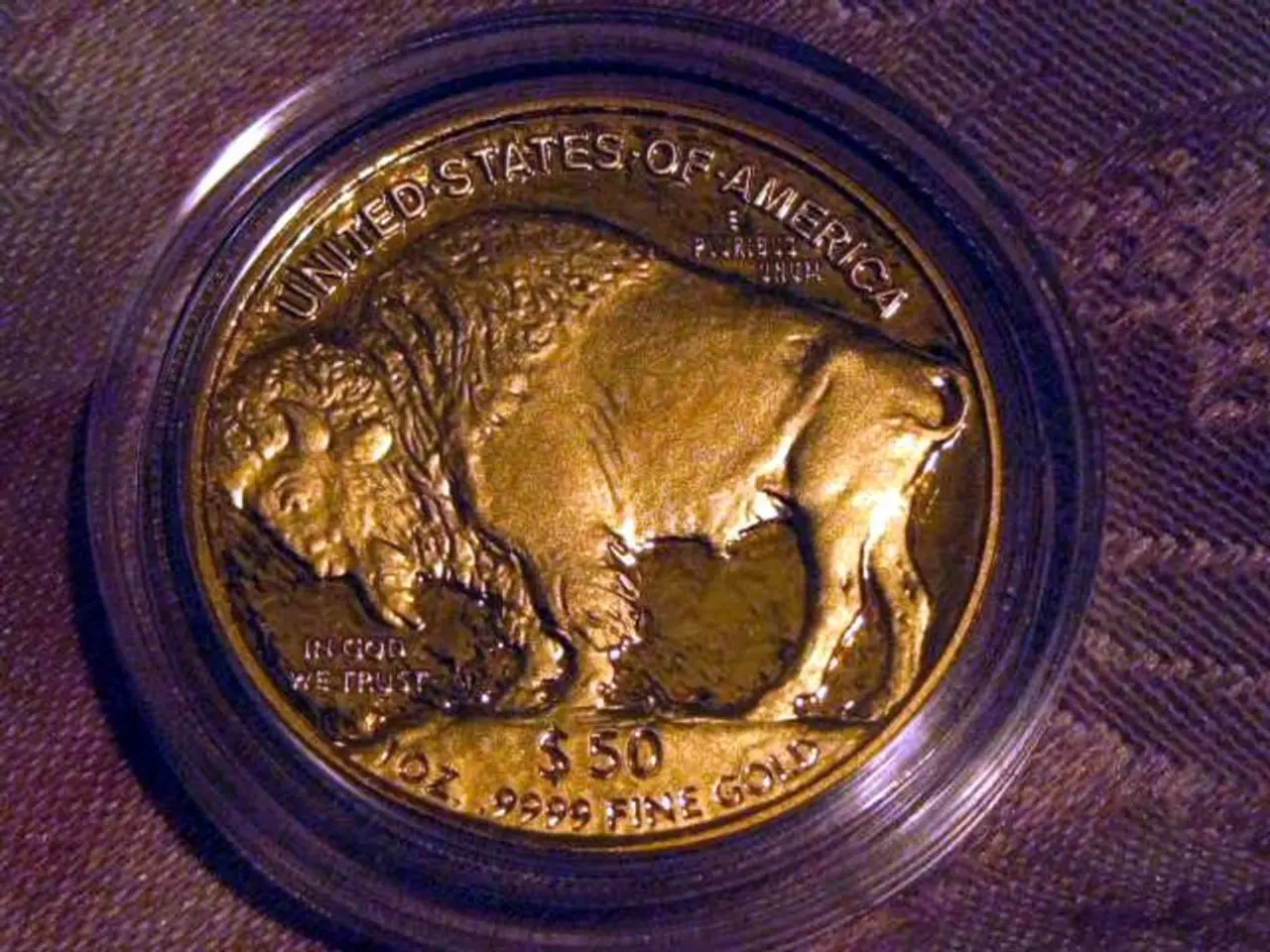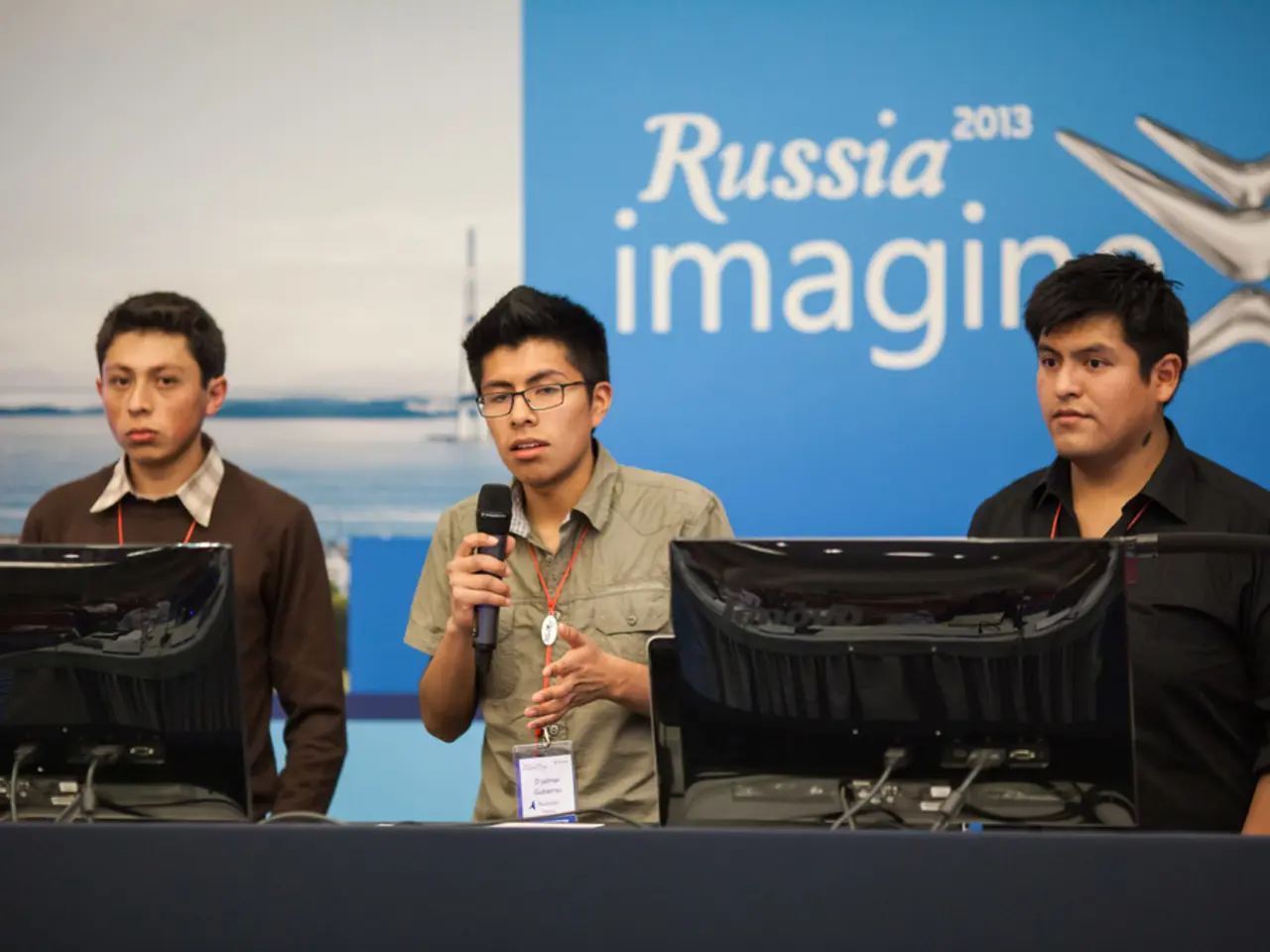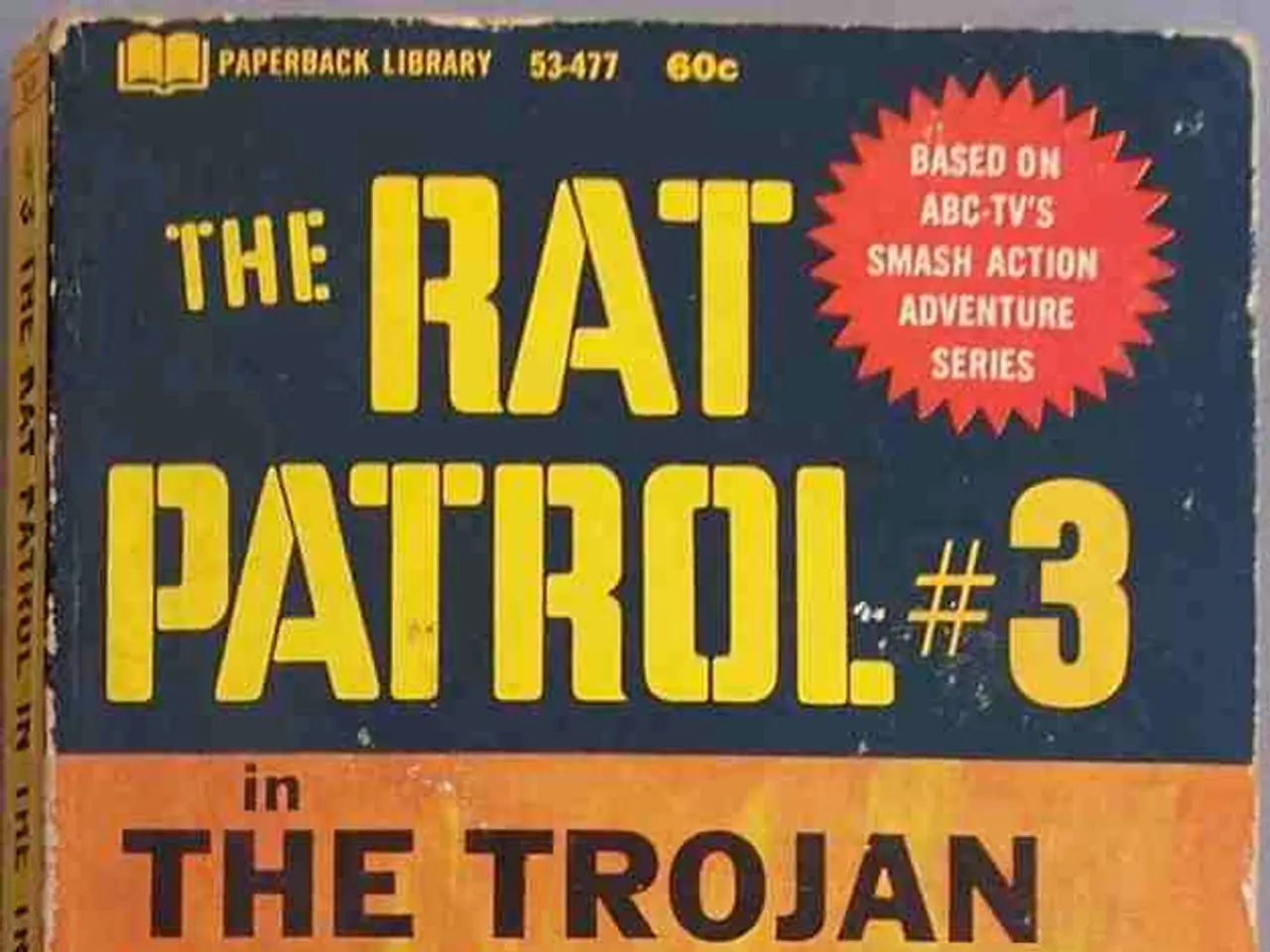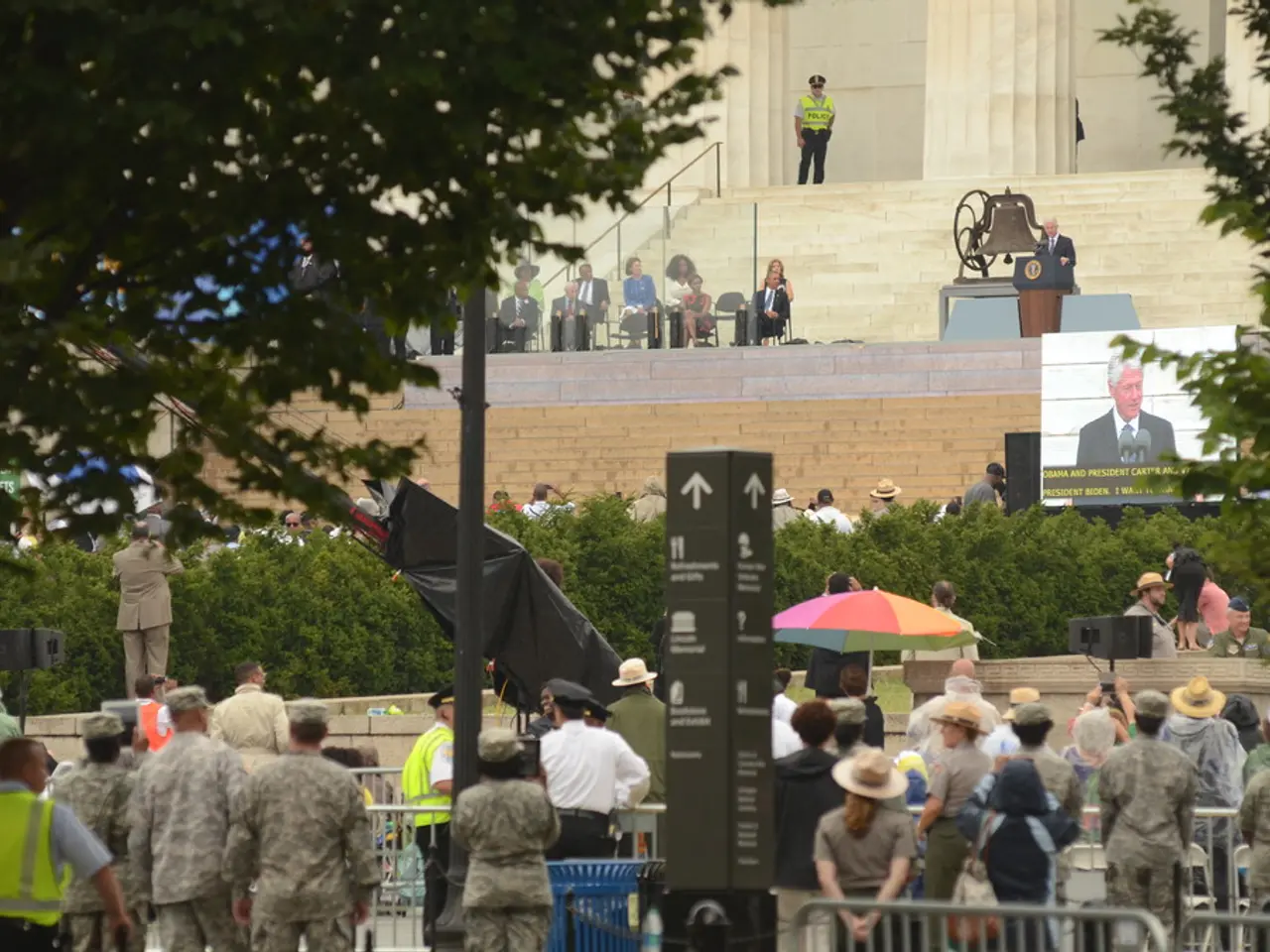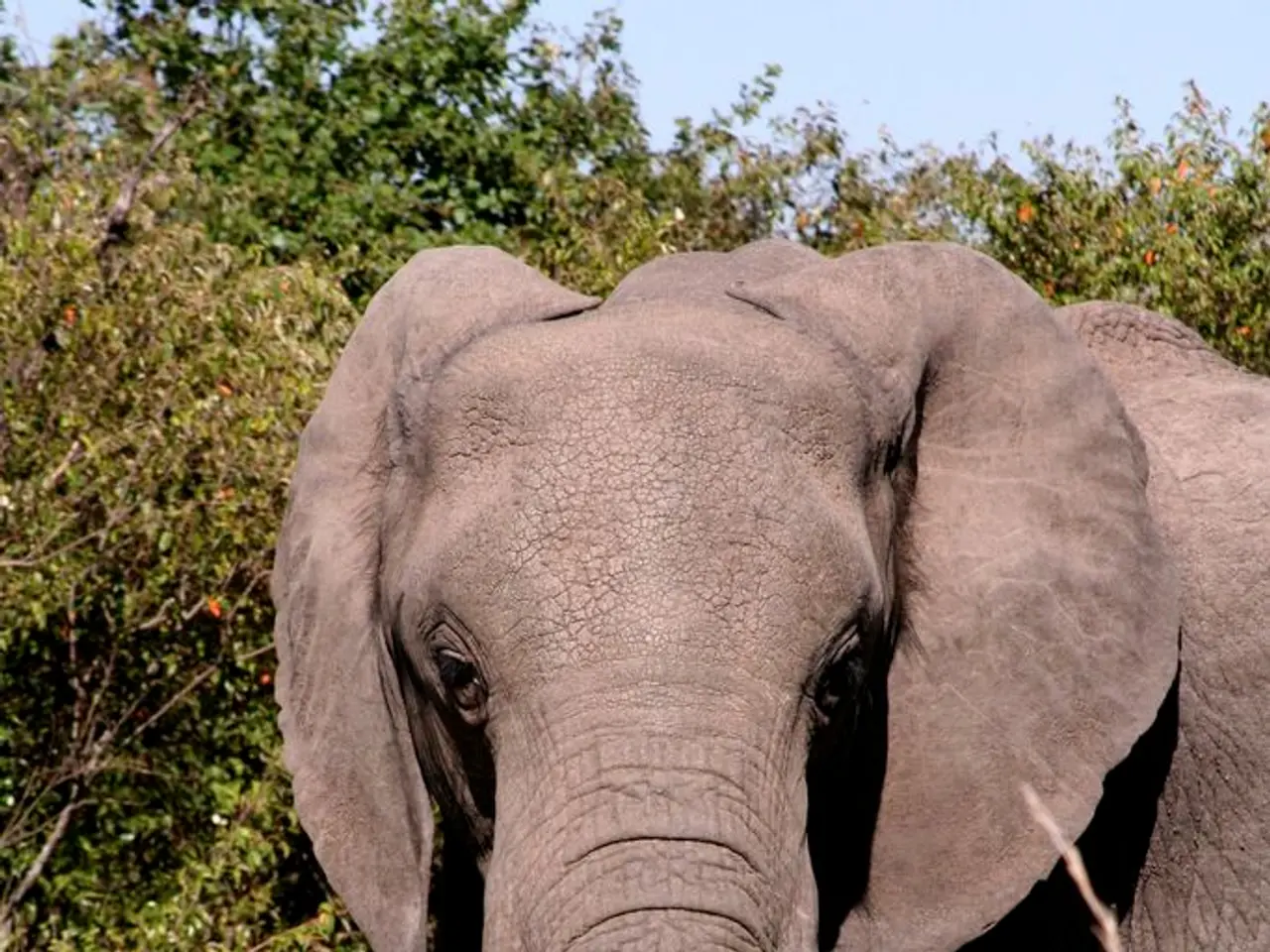America's Political Form: Is It Truly a Democracy or a Representative Republic?
In the United States, the political system is a unique blend of a republic and a democracy, known as a representative democracy or a democratic republic. This system ensures that ultimate sovereignty lies with the people, yet governance is carried out through elected representatives rather than direct rule by the people.
Historically, the terms "democracy" and "republic" were used interchangeably during the Constitutional Convention and the early formation of the U.S. government. However, James Madison clarified the distinction in Federalist No. 10, describing a "pure democracy" as a system where citizens directly assemble and administer government themselves (direct democracy), while a "republic" is understood as governance through elected representatives chosen by the people.
The framers of the U.S. Constitution designed the federal government as a republic to avoid the perceived dangers of direct democracy, such as factionalism, while still ensuring popular control via voting and regular competitive elections. This structure evolved over time into what is commonly called a representative democracy because citizens elect representatives who then govern on their behalf.
In modern usage, the U.S. is often described as a democratic republic: "democratic" reflecting the participation of the people in choosing representatives, and "republic" emphasizing the rule of law and elected government officials rather than direct voting on laws by the populace.
The Electoral College, used to elect the President in the U.S., was created to balance power between big and small states. Meanwhile, in the Senate, every state gets two senators, regardless of population, to prevent populous states from dominating smaller ones.
Citizens in some states, such as California, have the power to vote directly on laws and constitutional amendments through ballot initiatives. Colorado and Oregon also allow referenda and recall votes, demonstrating the variety in political processes across the nation.
The rights of individuals in the U.S. are protected through a Bill of Rights, which includes freedom of speech, press, and assembly—hallmarks of democratic society. The federal government shares power with state governments, a system known as federalism. The U.S. Constitution outlines checks and balances to prevent abuse, ensuring a system of governance that is not mob rule.
In practice, the U.S. developed a two-party system early in its history, which remains dominant today. A popular law passed by Congress can be vetoed by the President, struck down by the Supreme Court, blocked by the Senate, or filibustered, demonstrating the intricate balance of power within the U.S. political system.
In summary, the United States is a republic because it is governed by representatives elected by the people, and a democracy because this system is based on popular elections and participation. The distinction lies mainly in direct democracy (people governing directly) versus representative democracy (people elect representatives), with the U.S. firmly within the latter model. The U.S. is a constitutional federal republic, a system that ensures balance, protection of individual rights, and responsive governance.
- The historical distinction made by James Madison in Federalist No. 10 between a "pure democracy" and a "republic" lies in the former being a system where citizens directly administer government, while the latter involves governance through elected representatives.
- Despite the development of a two-party system in the U.S., its political system can be characterized as a constitutional federal republic, emphasizing the election of representatives, balance of power, protection of individual rights, and responsive governance, similar to the concept of a representative democracy.
